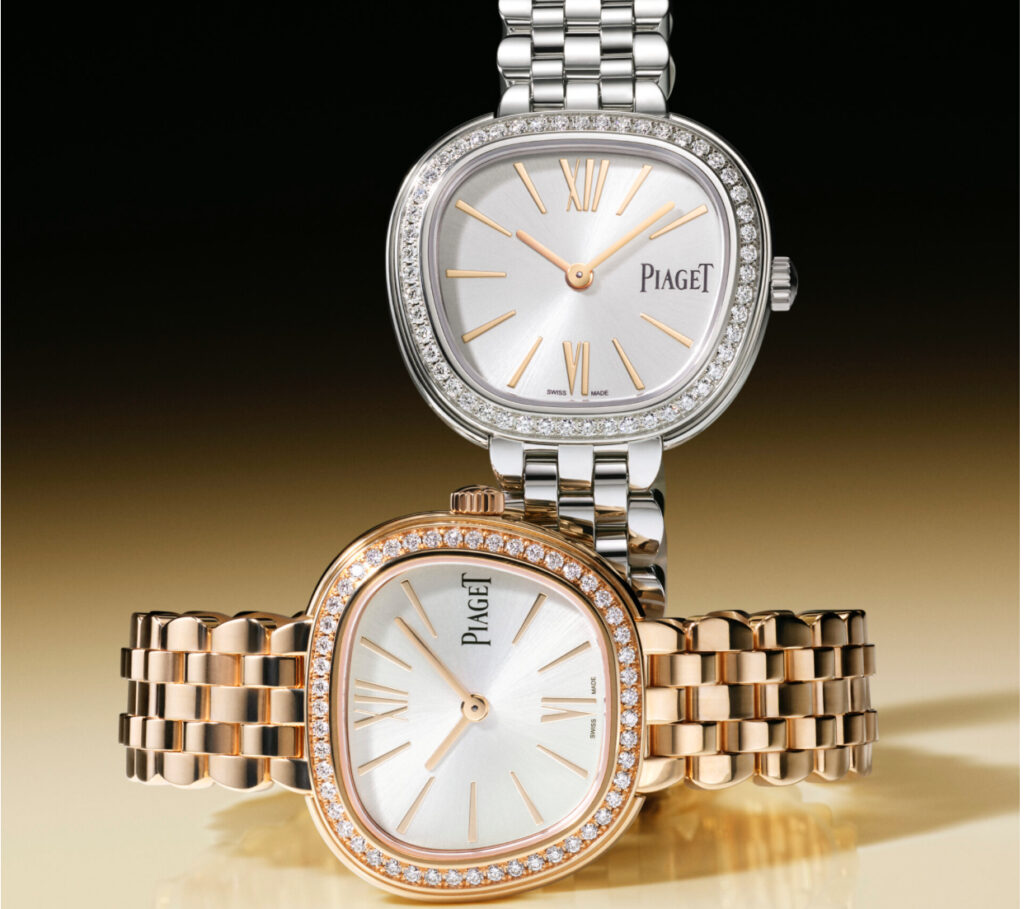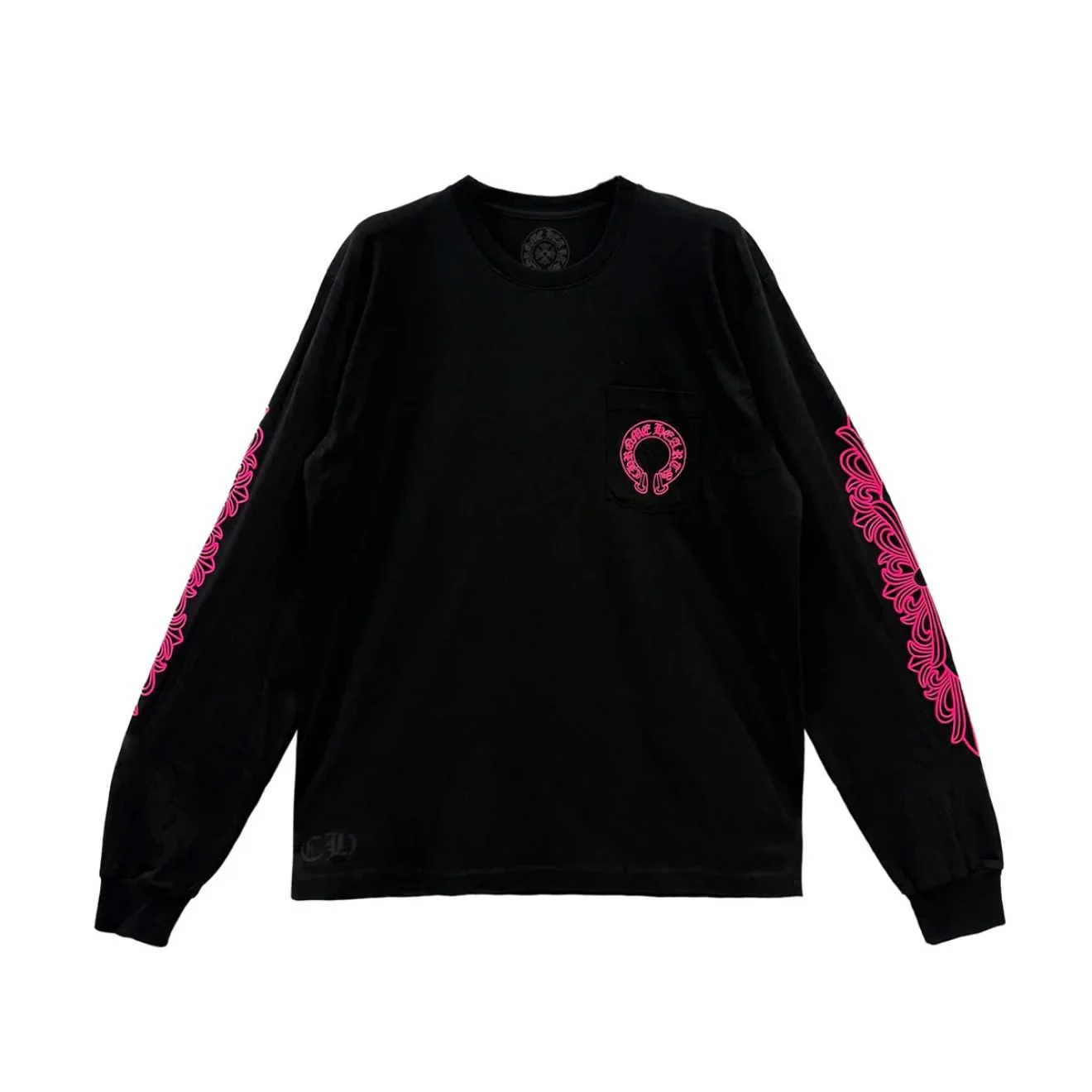Few names in haute horlogerie elicit the same reverence as Piaget. Revered for its technical mastery and aesthetic boldness, the Swiss maison has long occupied the gilded edge of both timekeeping and jewelry. Now, as it ushers in a new era, Piaget pays homage to one of its most culturally resonant decades—the 1960s—with the unveiling of a brand-new line: the Sixtie Collection.
More than a revival, this collection is a remembrance wrapped in reinvention—a suite of timepieces that channel the exuberance, sensuality, and design optimism of a decade that reshaped everything from cinema and music to fashion and politics. The Sixtie watch isn’t just an accessory; it is a curated tribute to golden hedonism, filtered through Piaget’s modern lens.
The Sixties: A Decade That Never Left
To understand the Sixtie Collection, one must first appreciate the decade it references. The 1960s was a crucible of cultural revolution. Youth movements shattered the old guard, while bold prints, liberated silhouettes, and the soundtrack of soul and psychedelia announced a new world order. Piaget, in that era, was at its most inventive—launching watches and jewelry pieces that blurred the lines between art, accessory, and avant-garde.
The maison’s bold experimentation with colored stone dials, ultra-thin movements, and textured gold became synonymous with Swinging London and Riviera opulence. The Sixtie Collection recaptures that magic, weaving together past inspirations and contemporary techniques to offer a line that feels both timeless and entirely of-the-moment.
Design Language: Decadence Meets Discipline
At first glance, the Sixtie Collection feels unabashedly retro. Look again, and the precision of Piaget’s modern craftsmanship becomes unmistakably clear.
Case Shapes: From Ellipses to Soft Squares
The Sixtie watches refuse conventional roundness. Their cases come in rounded rectangles, cushion forms, and even tonneau-shaped contours, recalling the fluid geometries of Piaget’s 1960s watchmaking heyday. The metalwork is sculptural, almost architectural, with high-polished finishes that shimmer under light like mirrorballs in a nightclub.
Yet, for all the vintage drama, there’s discipline in the proportioning. Every curve, every lug, and every crown has been honed with contemporary wearability in mind. The watches hug the wrist with soft precision—never heavy, never ostentatious.
Dials: The Return of Color and Texture
Perhaps the most visually striking aspect of the collection is its embrace of vivid color. Dials come in rich malachite green, lapis lazuli blue, onyx black, and a particularly seductive coral red. These aren’t printed colors—they are actual precious stone inlays, cut with surgical precision and polished to an almost liquid finish.
Other variations introduce sunburst satin-finished dials, echoing the light-play of disco balls and studio lights. Each watch is a stage, and the dial is its spotlight.
Piaget also reintroduces hammered gold and guilloché techniques—executed by master artisans in La Côte-aux-Fées—to add texture and depth. These dials are not merely backgrounds for hands and numerals; they are artworks in miniature.
Indices and Hands: Simplicity with Swagger
Most models in the Sixtie Collection feature minimalist baton indices, often faceted or polished to reflect light at different angles. In some variations, Piaget opts for floating Roman numerals, subtly engraved or raised in gold for an added dimension of elegance.
The hands—slim, dauphine-shaped, or delicately sworded—are intentionally clean. Their purpose: to allow the wearer to experience the dial, not the data.
Movements: Ultra-Thin Reimagined
Any Piaget launch would be incomplete without a nod to its most famous technical heritage: the ultra-thin movement. In the 1960s, Piaget’s caliber 9P redefined what was mechanically possible. That legacy carries forward in the Sixtie Collection through in-house calibers, including the latest generation of ultra-slim automatic and hand-wound movements.
Watches in the collection range between 5.3mm and 7.9mm in thickness, ensuring they maintain a vintage sensibility without compromising modern standards of power reserve or durability. Display casebacks, where present, offer a view into this technical elegance: micro-rotors, Côtes de Genève finishing, and chamfered bridges all underscore the maison’s obsessive dedication to detail.
Straps and Bracelets: Gold, Leather, and Velvet Luxe
The Sixtie line offers a variety of pairing options, each contributing to the collection’s tactile narrative.
Leather: Supple and Sensual
Several watches are offered on textured calf leather straps, dyed to match or contrast with the dial—think emerald green on malachite, crimson on coral, or deep brown on brushed gold. The buckles are signature Piaget—engraved tang or butterfly clasps—offering secure closure with a couture flourish.
Gold Bracelets: Woven Light
For purists, the standout option is the return of woven and braided gold bracelets, a Piaget hallmark from the 1960s. These are handcrafted in-house, taking days of meticulous work to assemble. They drape like liquid metal across the wrist, equal parts jewel and timekeeper.
These bracelets are not afterthoughts; they are integrated components, designed to visually and materially extend the watch case itself. It is jewelry masquerading as horology, or perhaps the other way around.
Gender Fluidity: Designed for All
In true ’60s spirit—when gender codes were being actively deconstructed—the Sixtie Collection refuses strict classification. Though pieces may trend toward traditionally “feminine” or “masculine” styles in size or stone choice, Piaget presents the line as ungendered. The watches are for lovers of elegance, not labels.
The maison understands that today’s collectors move across fluid style lines. A large cushion-dial in gold with a coral face can just as easily be worn by a woman in a tuxedo as by a man in a velvet blazer. Piaget gives the wearer freedom, not instruction.
The Campaign: Time Is a Feeling
To launch the Sixtie Collection, Piaget partnered with photographer and filmmaker Théo de Gueltzl to create a campaign shot in Paris and Saint-Tropez. It captures models in private apartments, on the decks of vintage yachts, and wandering lamplit streets—all scenes bathed in the warm grain of ’60s analog cinema.
The imagery is less about the product and more about the mood: freedom, flirtation, twilight reveries. Time, as depicted here, is not measured—it is felt. The watches appear like treasures unearthed from an attic or passed between lovers, cherished not for function but for memory.
Piaget also launched a virtual gallery that lets viewers explore the Sixtie Collection in 3D, paired with curated playlists from the 1960s: Nina Simone, Gainsbourg, Os Mutantes. The experience is immersive, multisensory, and deeply in tune with Piaget’s ethos: time, like love, is better when it lingers.
Sustainability and Craftsmanship
While the 1960s were marked by excess, Piaget has subtly infused the Sixtie Collection with modern responsibility. The maison continues its commitment to:
- Ethically sourced gold
- Conflict-free stones
- Sustainable manufacturing processes
Each watch is crafted in Switzerland by artisans trained over years, often decades. There is no rush, no cutting corners. These are pieces made to last lifetimes, not seasons.
The Market Position: A Collector’s Dream
The Sixtie Collection arrives not just as a nostalgic capsule, but as a strategic cornerstone for Piaget’s future. With the luxury watch market increasingly split between minimal tech-core and maximalist streetwear, Piaget offers a third lane: joyful, tactile elegance for those who crave craftsmanship, charisma, and character.
Expect the collection to draw:
- Collectors of vintage Piaget seeking modern wearability
- New-generation luxury consumers craving identity-driven timepieces
- Design aficionados drawn to architectural form and material
With price points ranging from approximately $16,000 to $68,000 USD, the line positions itself in the high-luxury tier, with select models offered in extremely limited quantities.
A Watch That Feels Like a Whispered Secret
The Sixtie Collection is more than a new chapter for Piaget—it is a declaration that elegance is not extinct, only waiting for the right light to shine through. These watches do not clamor for attention. They seduce through silence, through touch, through the slow burn of recognition.
They ask: What if time was not a deadline, but a devotion? What if wearing a watch meant not just keeping up—but slowing down, looking back, and moving forward with grace?
Piaget has not merely revived the ’60s. It has refracted them through modern sensibility, creating a line that is both retrospective and visionary.
No comments yet.








